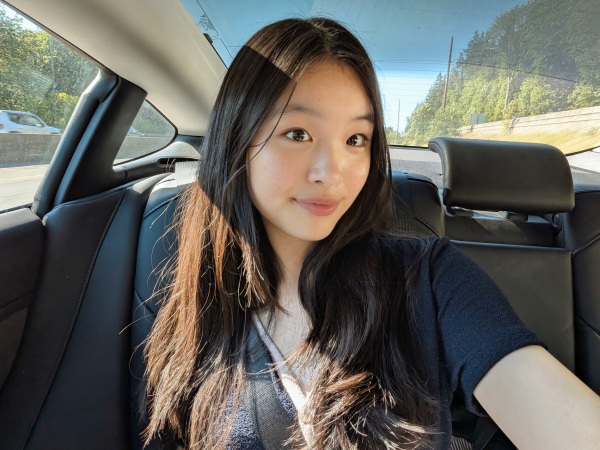While our teachers’ fashion choices may differ from the grungy, Y2K, or microtrend-influenced styles sported by many Lakeside students, there’s no doubt that many faculty and staff in our community know how to dress. Ranging from gray cardigans and knee-high boots to skinny jeans and baseball caps, faculty fashion at Lakeside is both diverse and intriguing.
Like the general student body, each teacher has a unique relationship with clothing and self-expression that appears in their day-to-day outfits. Among the huge variety of personal styles, each choice and aesthetic may communicate aspects of a teacher’s identity, such as their religion, culture, upbringing, values, and personal style.
“I don’t overthink what I wear to communicate anything specific. It’s important to be respectful to the environment but also be yourself,” says Mr. Place, otherwise endearingly called Micky. Known for his sunny smiles and warm greetings around campus, he’s most commonly recognized as one of our upper school’s beloved drama teachers.
As a native Seattleite, Micky describes his personal style as a “fusion of Pacific Northwest, Brooklyn, and San Francisco Bay Area [regions],” where many of his friends moved from. Working as a freelance artist in his earlier years, he notes that he and his friends “had so little money as freelance artists, so we had to get creative; we would do a ton of thrifting.”
To Micky, fashion was “a big part of my social life since middle school, just because we were present through a couple really big social fashion movements,” which were “a huge influence” for his personal style. He also notes that “when you meet somebody who shares fashion, there’s an immediate camaraderie; it kind of feels like you’re part of a similar social [group].” In general, he describes fashion as a “really nice connectivity point.”
Micky also has an interesting relationship with his work and personal wardrobe, which he prefers to combine. When comparing button-up shirts and t-shirts, Micky describes the latter as “more authentically me,” and a reflection of “my teaching style, where I hope to be myself with my students.” In regards to his fashion reflecting his teaching style, Micky furthers that he “[seeks] the informal at times with my students so that we can be more authentic in the creative work that we build together,” and that bringing his personal wardrobe to school is “just the first step of me being my authentic self with my students.”
As Micky mentions, the authenticity he brings through his fashion allows for an improved classroom experience for himself and his students. And from the perspective of his adoring students, this positive experience certainly seems to be the case. However, the relationship between fashion and teaching extends beyond Micky and his drama classes; in fact, it’s quite prevalent throughout our community. As noted by many Lakeside students, teachers’ clothing choices allow students to observe personality traits, behaviors, and habits that may impact the overall experience in a class or any academic environment.
One student commented that “[the] way a teacher dresses tends to reflect how they act. For example, a strict teacher may wear formal attire, like a suit, while chill teachers may wear more casual outfits.” Other students shared similar ideas, specifically emphasizing the relationship between a teacher’s style and behavior. For example, one student categorized formal dress as “professional and strict,” colorful and quirky fashion as “outgoing and breaking the norm,” and casual dress as “laid-back and open.”
In contrast, other students expressed strong opinions against appearance-based judgements of their teachers. One student emphasized the greater importance of “what’s in their brains and our connection, not [some] BS like clothes,” whereas another student added that teachers are “there to teach me, not for me to judge their style.”
While both student and faculty opinions may differ, fashion will continue to remain an integral aspect of the Lakeside experience. Some of us wear the first few clothes that fall out of our closets; some of us meticulously plan outfits weeks in advance; and some of us pick our outfits based on our daily moods. Yet regardless of who you are and how you perceive your personal style, we can all acknowledge that fashion can be a deeply reflective and powerful tool — both among the student body and faculty.



